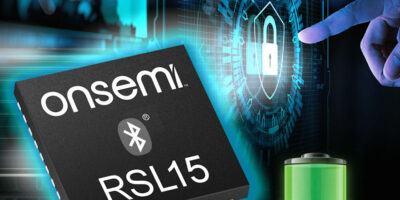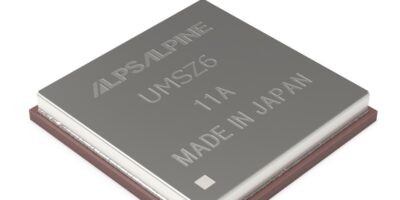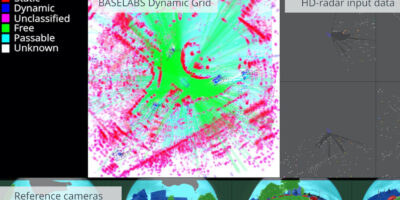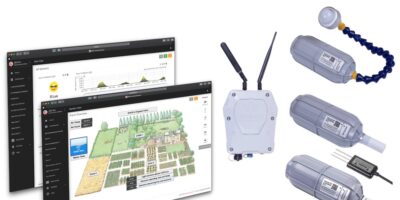Smart sensing is incorporated in the RSL15 wireless microcontroller. According to onsemi it provides the industry’s lowest power consumption. It has Bluetooth Low Energy wireless connectivity and is designed to address the growing demand of secure, connected industrial applications which do not sacrifice.
The RSL15 supports a number of new capabilities provided by the Bluetooth 5.2 specification, including longer range, higher data transmissions and localisation through angle of arrival (AoA) and angle of departure (AoD). onsemi has also developed an innovative smart sensing feature that allows the Arm Cortex-M33 processor to remain in a deep sleep mode while still monitoring sensor interfaces.
To validate energy efficiency, the RSL15 was certified by the Embedded Microprocessor Benchmark Consortium (EEMBC). The organisation’s ULPMark-CoreMark benchmark programme measures the energy efficiency of microcontrollers used in embedded systems while active. Onsemi reports that the RSL15 leads its class by attaining a score of 60.5. The ULPMark- CoreProfile benchmark calculates the deep sleep efficiency of microcontrollers and places onsemi’s RSL10 and RSL15 in the top two spots.
“From beacons for contact tracing to trackable asset tags, there are millions of connected devices globally operating off of small batteries,” said Patrick Moorhead, CEO, founder and chief analyst at Moor Insights & Strategy.
The RSL15 is designed with ArmTrustZone technology to establish device root of trust as well as Arm CryptoCell-312 technology to protect the authenticity, integrity and confidentiality of code and data. This PSA Level 1-certified design enhances the security measures which is already offered as part of the Bluetooth protocol, providing assurance at both the application and software levels.
“The ability to protect against cyber threats is an essential differentiator for manufacturers choosing a wireless microcontroller for industrial IoT applications,” said Michel De Mey, vice president of the industrial solutions division at onsemi.
Target applications for the RSL15 are integration in a variety of industrial automation applications including connected asset tracking, smart retail and IoT edge nodes.
The RSL15 is available now in a miniature 40-pin QFN package.







